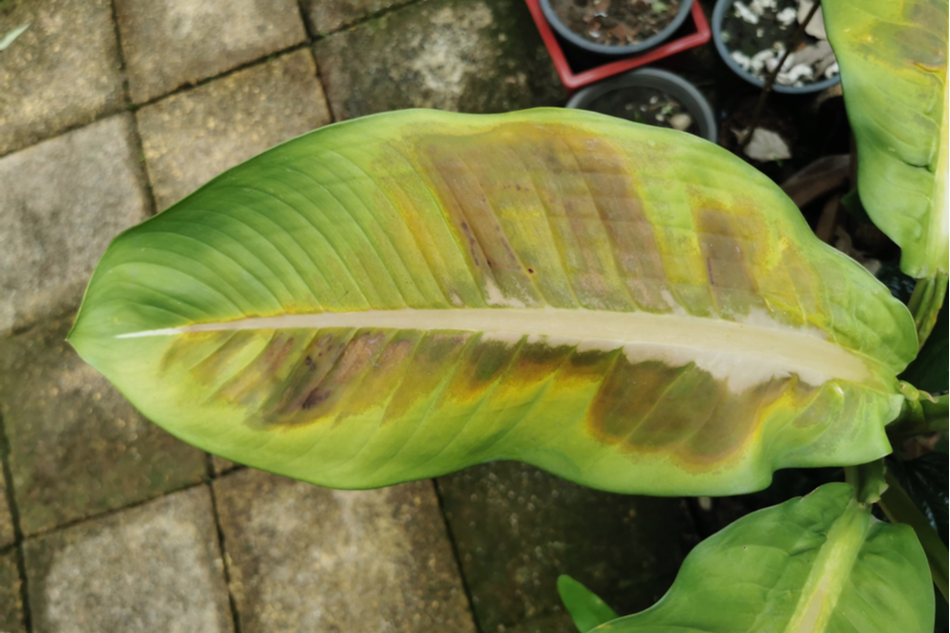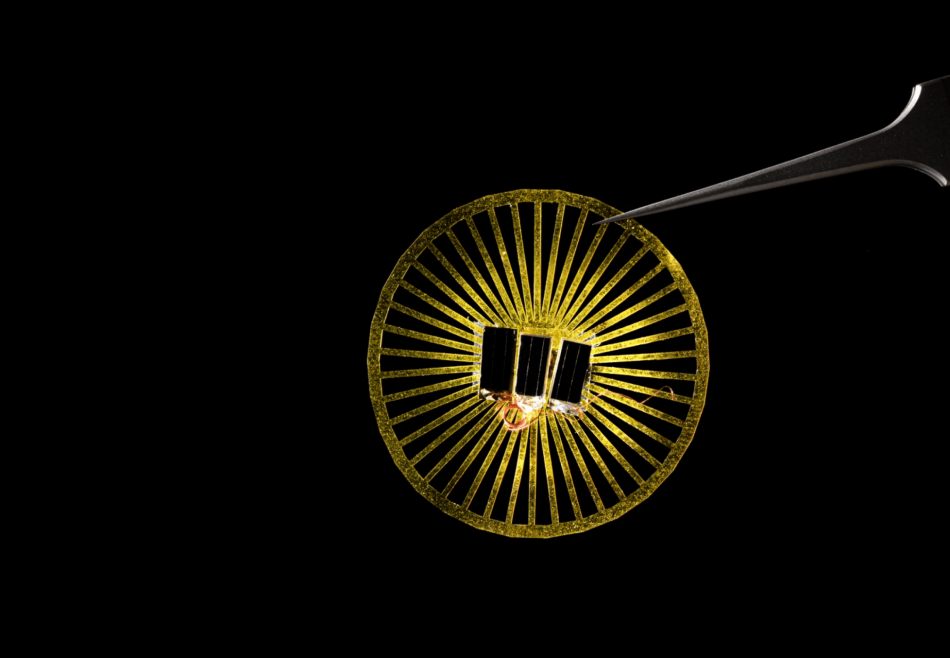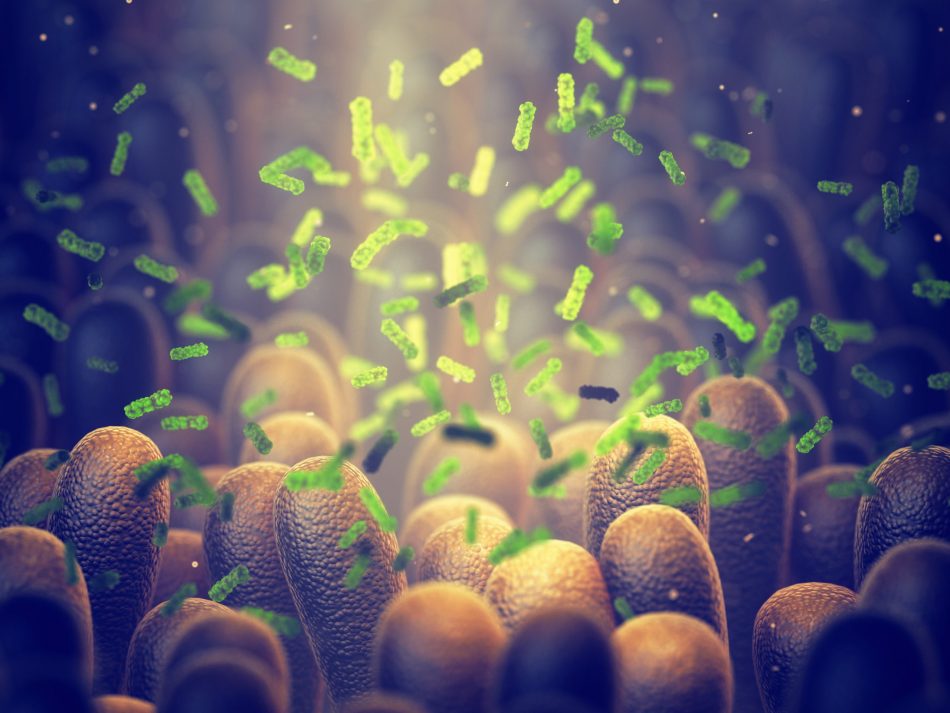
Houseplants proven to eliminate surprising quantity of carcinogenic toxins
We all want to breathe in clean, crisp air no matter where we are, but this is especially true when we are within our own homes. Fortunately, Mother Nature provides us with beautiful and beneficial heroes: houseplants! Plants’ astonishing pollution-fighting abilities Move over, high-tech Read More...

Grow these plants around your home as natural mosquitos repellents
While there are countless positives that come with the warmer seasons, there’s one huge downside. Yep, mosquitos! These pesky insects can leave us itching all over with unpleasant swollen and scabbed skin. We try to do everything we can to keep these bugs away, from candles to aerosols and Read More...

How aspirin and crop resilience go hand in hand
Did you know that plants have been making aspirin for millions of years? And humans have been using it as far back as Neanderthal times for self-medication? The pain medication can be found in trees and sunflowers alike in an unprocessed form called salicylic acid, created in response to when a Read More...

These microbes could help honey bees thrive
As we like to remind our readers a lot at The Optimist Daily, honeybees are essential for our planet's ecosystem. Humans rely on these little pollinators for food security as they basically pollinate everything! Not to mention the countless other species that rely on plants to feed and for Read More...

Plants can get sunburnt too. Here’s what to do about it
Summer is just around the corner, and in this changing climate, that could mean even hotter weather and more intense droughts. While we’ve written various articles about how to keep cool in the summer heat and how to shield your skin from dangerous ultraviolet (UV) rays, there’s something else Read More...

This ancient enzyme can boost photosynthesis and crop yield
Photosynthesis - turning carbon dioxide, water, and light into oxygen and sugars - is the natural process by which plants sustain themselves. It's what has allowed life to flourish on this earth by transforming the atmosphere into an oxygen-rich environment. Besides pumping out oxygen, these Read More...

These 6 nervine herbs support the nervous system
It’s nothing new that herbs are full of substances that support our bodies. Studies have shown some can fend off inflammation, heal wounds, and calm stress. Then there are some called nervine herbs that actually support our nervous system. What are nervine herbs? Nervine herbs are a helpful Read More...

Feeling restless? Here’s how to channel that into something good
Whether you’ve got something major on your mind or you’ve eaten too much sugar, sometimes it simply feels impossible to sit still. You may be familiar with the feelings: anxious, antsy feet, jittery body, crawling skin, general unease, or quickening breath. This overwhelming energy can be very Read More...

These battery-free sensors fly like dandelion seeds
Wireless sensors are a versatile technology used to measure all sorts of conditions, without the restraint of being attached to a stationary object the whole time. They have many applications such as in medicine - like this wireless sensor which monitors bone health - or in measuring environmental Read More...

Ammonia-making bacteria could replace polluting fertilizers in the future
Ammonia fertilizers have been effective at helping farmers grow their commercial crops. However, they’re also one of the major sources of nitrogen pollution, contaminating waterways and threatening biodiversity. A recent study, published in the American Society for Microbiology, however, suggests Read More...


